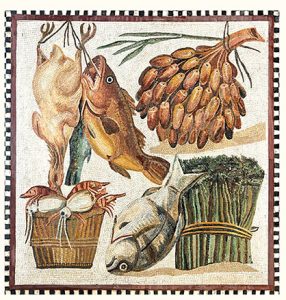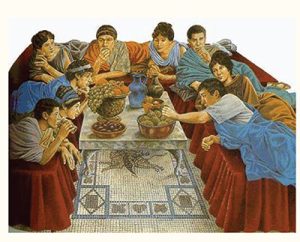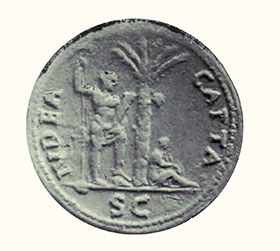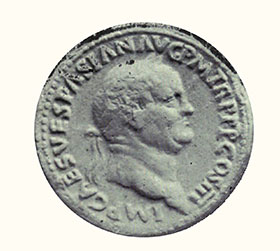The Judean date palm was an ancient cultivated variety that once grew in the Kingdom of Judea in oases along the Dead Sea and Jericho but disappeared many centuries ago, a casualty of wars, invasion, upheaval, and loss of agricultural continuity. Today it has been replaced by modern varieties from Morocco, Egypt, Iraq, and Tunisia acquired from the 1960s onwards and producing the popular Medjool, Deglet Nour, and Barhi fruits- the basis of Israel’s current date industry.
Two thousand years ago, however, the Judean date that grew in the region was famous for its very exceptional qualities— large size, sweetness, nutritional and medicinal benefits, and a long storage life, allowing it to be exported throughout the Roman Empire.
Described by classical writers in the 1st century CE, including Pliny the Elder, Strabo, Galen, and Josephus, several varieties of Judean dates are mentioned in these sources, including the very large “Nicolai”, thought to have measured up to 11 centimeters!



Coins photos source: Historic illustrations/Alamy Stock Photo
The seeds germinated in the Ancient Judean Date Project may have come from food stores of Jewish rebels who took refuge at Masada and in caves in the Judean desert during the 1st Jewish Revolt (66-73 CE) and later Jewish wars (115-117 CE and 132-136 CE).









